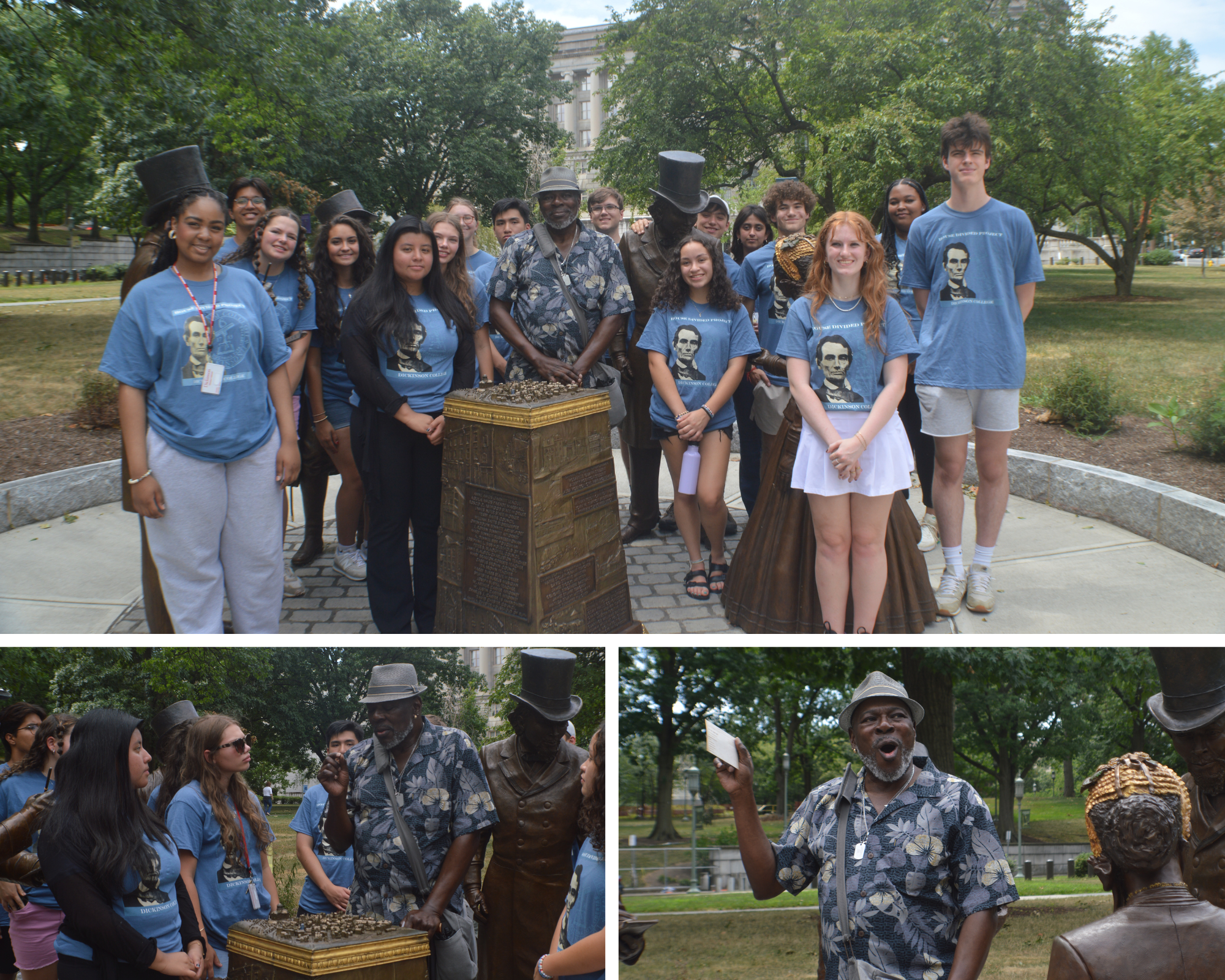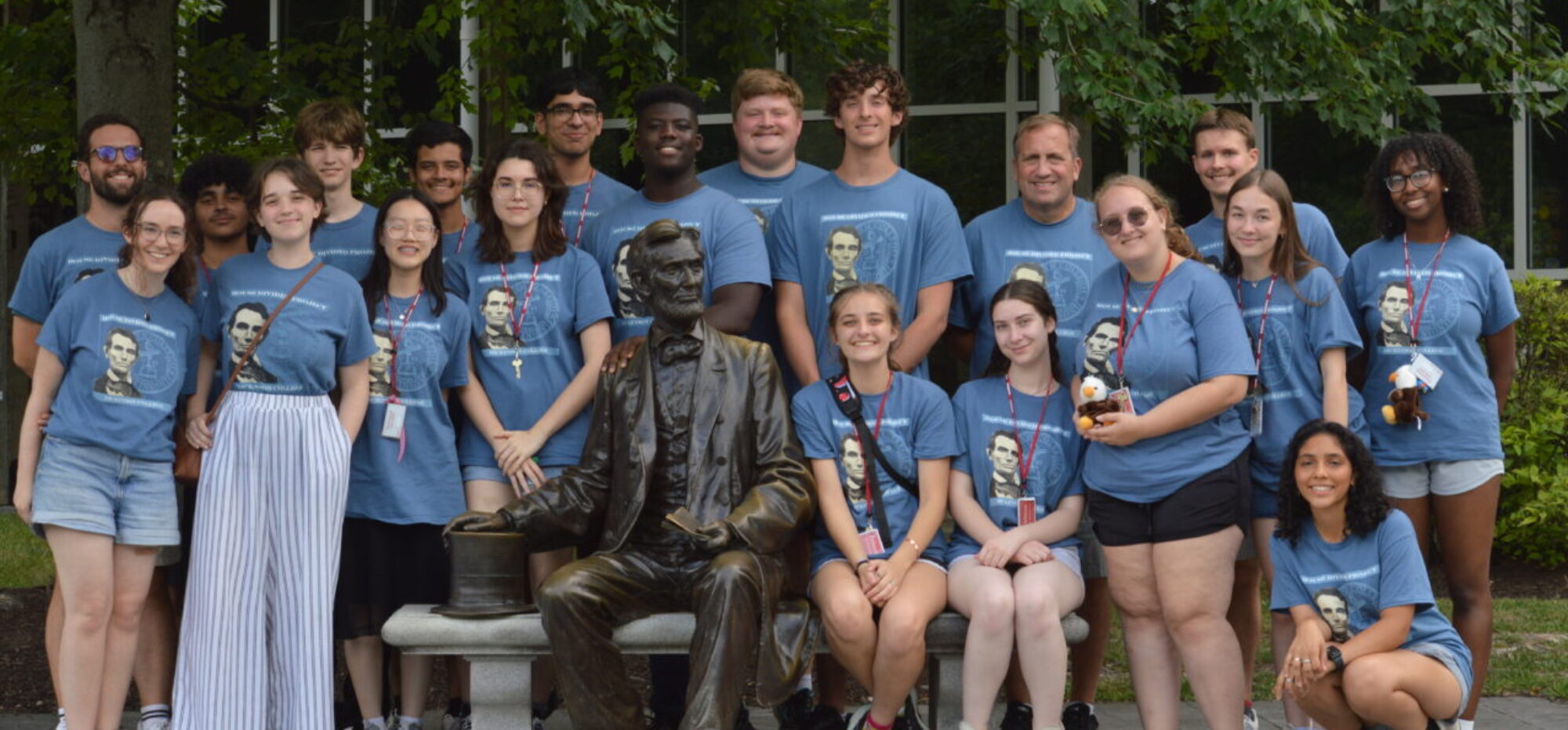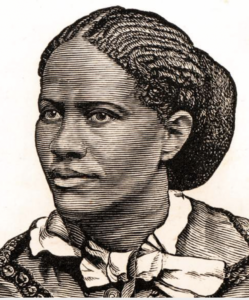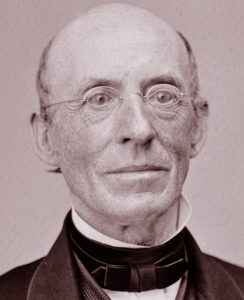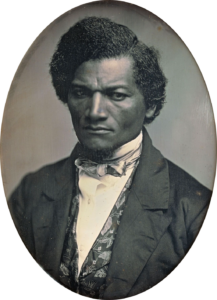“I ask no monument, proud and high,
To arrest the gaze of the passers-by;
All that my yearning spirit craves,
Is bury me not in a land of slaves.”
—Frances Ellen Watkins Harper, Bury Me in a Free Land (1858)
Types of Abolitionism
- Moral Suasion
- Political Abolitionism
- Violent Abolitionism
- Interventionists (UGRR Operatives)
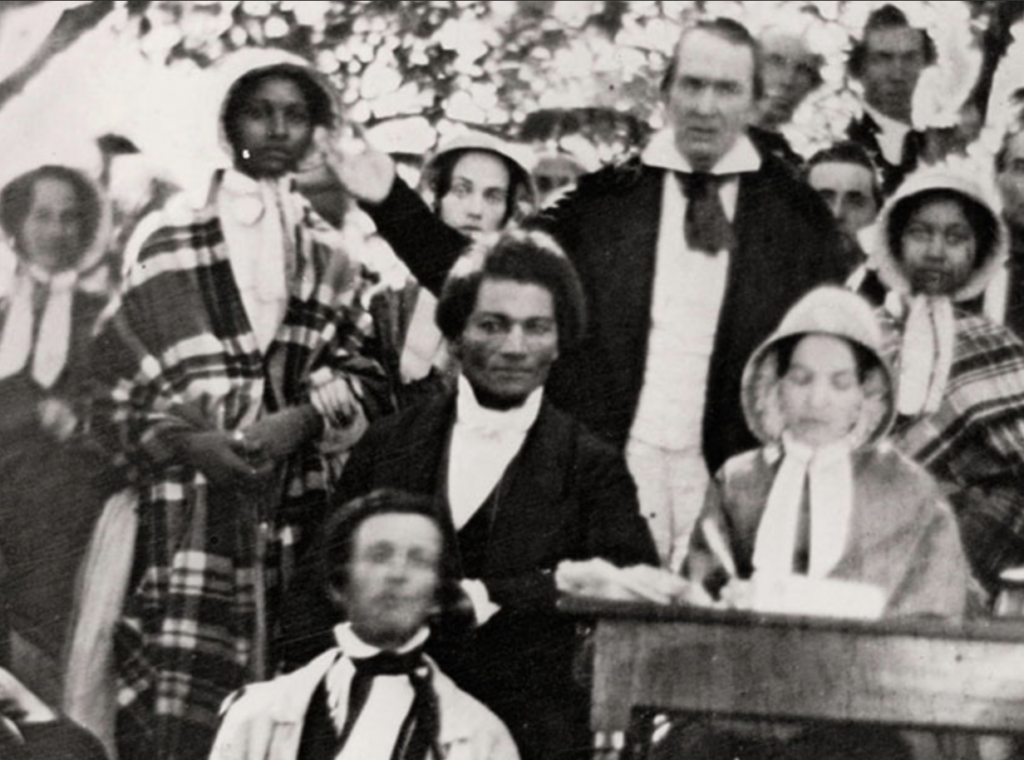
William Lloyd Garrison vs. Frederick Douglass
- 1831 – The Liberator
- 1833 – American Anti-Slavery Society
- 1838 – Douglass self-emancipates
- 1841 – Douglass & Garrison join forces
- 1845 – Douglass’s Narrative
- 1847-1851 – Garrison & Douglass split
Underground Railroad
- What was it?
- Personal Liberty Laws
- Free Black communities
Sojourner Truth
- 1797 – born Isabella Baumfree in Ulster County, NY
- 1826 – self-emancipated
- 1827 – NY’s emancipation law went into effect
- Cult of True Womanhood
Frances Ellen Watkins Harper
- Born free in Baltimore in 1825
- “Bridge Generation” or “Antebellum Freeborn Generation”

